Let’s imagine a perfect summer setting. Ice cream in the freezer, cold soda in the fridge, BBQ on the porch, and a backyard swimming pool—at some point in our lives, we all wanted one. It certainly is a nice place to cool off on a hot day.
Sadly, regular pools can be far too big of a hassle to install and maintain. To the rescue come plunge pools—the spa version of the swimming pool you have always dreamed of. While it may not fit all of your friends at once, it can be a practical solution for many homeowners.
What is a Plunge Pool?
Image credits: Adheesha Paranagama
Briefly put, a plunge pool is simply a more compact and shallow swimming pool. And while some plunge pools are generously sized, they’re usually designed with a different purpose in mind than long swims.
So, what is a plunge pool best suited for? More than anything, they’re designed to help you cool off. For this reason, it mixes well with other forms of relaxation where heat is involved. Saunas and therapy centers usually have them installed somewhere in the vicinity.
Pros and Cons of a Plunge Pool
Image credits: Vincent Rivaud
When you find yourself at a crossroads, it’s important to weigh your options before making a decision. To streamline this process, we’ve compiled solid reasons for you to have a plunge pool, followed by common issues to be mindful of. Remember: these are just a few factors that can influence your decision.
Pros
The good news is that you don’t need a full-size pool to enjoy similar benefits for a fraction of the cost.
- Saves space. The plunge pool won’t take up too much of your backyard. As long as there is some space available, you can install it.
- Lower maintenance costs. With lower water usage and maintenance requirements, operating expenses will be significantly lower.
- Improves health. While you may not be able to train for swimming competitions, you can still do light aerobic exercise in the limited space.
- Aesthetic appeal. You can design a plunge pool to fit any decor.
- Environmentally friendly. Smaller pools use less water to operate. You will leave a carbon footprint, but it will be smaller.
Cons
Despite being a great compact solution, plunge pools have some annoying aspects.
- Limited space. Looking for a long-distance swim? Plunge pool won’t give you that. You’ll have to stick to quick, relaxing dips.
- Installation costs. While maintenance may save you some money, the installation costs will suck it up instead.
- Requires professional installation. A plunge pool isn’t an easy DIY project, and we wouldn’t recommend it for beginners (more on that later). Professional help will go a long way.
Plunge Pool vs Other Pool Types
Image credits: Peter Thomas and Murat Demircan
There is more than one variety of pools to choose from. Each comes with its own benefits. They also share some similarities and, in rare cases, make for an ultra-luxury package.
Hot Tub
Image credits: Barnabas Davoti
A hot tub is larger than your standard plunge pool. If you’re looking for ultimate relaxation, a hot tub is hard to beat. It runs with hot water and often has massage jets installed, perfect for a peaceful time alone or a session with a group of friends.
Cocktail Pool
Image credits: Connoman
A cocktail pool is a medium-sized pool designed with fun in mind. Just like the traditional pool, the cocktail pool is roomy enough for pool games and socializing with your friends. But what makes it truly stand out is the number of special features. Unlike the plunge pool, the cocktail pool has built-in seating and a stylish bar, taking your leisure time to the next level.
Dipping Pool
Image credits: John Fornander
The dipping pool is the closest cousin to the plunge pool. It is slightly smaller, making it suitable for any size backyard or patio. Most dipping pools can maintain water at a certain temperature, providing additional comfort.
Plunge Pool Ideas
Image credits: Bert Christiaens
When building your plunge pool, you can incorporate it into the current design or build around it. Today,plunge pools can be installed in-ground, above ground, and even on decks. Choose the one that best fits your needs and budget.
In-Ground Plunge Pool
Image credits: John Fornander
An in-ground plunge pool is one of the most popular choices for installation. You can put your pool in the corner of the backyard or near the house. Because you’re placing it into the ground, you can completely blend it with the environment. It’s the perfect solution for a modern, minimalist decor. Just make sure you watch your steps.
Above-Ground Plunge Pool
Image credits: IntelligentRoad734
If you don’t want to ruin your landscape, get an above-ground pool. Instead of digging out a hole in the ground, you will have to invest in sturdy panels to hold the sides. With some clever planning, you could seamlessly integrate the pool into a classic countryside aesthetic. Consider the addition of an outdoor kitchen, and your space will be transformed into a stunning decor masterpiece.
Deck Plunge Pool
Image credits: Jonathan Borba
If you want that ultimate privacy package, a plunge pool on the deck will give you just that. Build it as a part of the deck or on top of it. Depending on the material you use, this type of pool can elevate your decor to the next level.
RELATED:Creative Backyard Deck Ideas To Enhance Your Time Outdoors
How Much Does a Plunge Pool Cost?
The cost of installing a plunge pool can vary wildly. However, before ordering the cheapest solution, consider the following.
Size and design
The smaller the pool, the less you will pay. Go for a custom pool only if you have a sizeable budget, as each new feature may significantly increase the total cost for a pool.
Material and construction
Plunge pools can be made from a variety of materials. Looking for a cheaper solution? Go with fiberglass. You should be able to build it for $30,000 or less. The price for a time-tested concrete may reach anywhere around $45,000.
Location
If you’re going with professional help, the location can be a costly problem. To avoid this, try placing your pool design in an easy-to-access area or on your property.
Professional services
Each professional will have different standards and methods of installing a pool. More experience usually means higher costs.
Maintenance
Once you spend around $100,000 on the installment of a pool, now you will have to maintain it. Chemicals, cleaning, electricity—these costs will accumulate over time.
DIY Plunge Pool: Worth A Shot?
Image credits: pixburgh22
Everything is possible with the right determination and tools. However, building a plunge pool isn’t as simple as painting walls or making an epoxy countertop. The installation process is far more complex. So, while technically building a DIY plunge pool is possible, we suggest consulting professionals if you really want a high-quality result.
FAQ
In case we’ve missed it, here are a few more answers to popular questions about plunge pools.
What is a Plunge Pool Waterfall?
If you want to add a really cool feature to your pool, why not go for a waterfall? The system behind making a waterfall is simple: run water from an elevated position and let it fall into your pool.
It will undoubtedly add a touch of luxury to your property, turning it into an oasis that will catch the eye of anyone who sees it. Just be sure to keep safety in mind to avoid any accidents.
What is a Cold Plunge Pool?
It’s the complete opposite of a hot tub. A pool like this maintains the water at around 50 to 60 Fahrenheit. Sometimes, it’s colder than that. So it works the same way as your traditional pool, but it is smaller and much colder.
Thanks for breaking down the pros and cons of plunge pools so clearly. We’ve had a few clients ask about them, and this helped us a lot. As an Augusta concrete team, we appreciate how you keep things simple and informative. View for more https://www.augustagaconcretecontractor.com/
Thanks for this awesome guide! We really liked how you explained plunge pools in a simple way. As a concrete company Clearwater families trust, we found your tips helpful and easy to follow. It’s great to learn more about smart, space-saving pool options like this! View for more https://www.clearwaterflconcretecontractor.com/
Thanks for the awesome info! We really enjoyed learning more about plunge pools and how they can fit into small spaces. As a team who also works on concrete patio Port Saint Lucie projects, we appreciate all the helpful ideas. This guide makes everything easy to understand—great job!
Thanks for breaking down the pros and cons of plunge pools so clearly. We’ve had a few clients ask about them, and this helped us a lot. As an Augusta concrete team, we appreciate how you keep things simple and informative. View for more https://www.augustagaconcretecontractor.com/
Thanks for this awesome guide! We really liked how you explained plunge pools in a simple way. As a concrete company Clearwater families trust, we found your tips helpful and easy to follow. It’s great to learn more about smart, space-saving pool options like this! View for more https://www.clearwaterflconcretecontractor.com/
Thanks for the awesome info! We really enjoyed learning more about plunge pools and how they can fit into small spaces. As a team who also works on concrete patio Port Saint Lucie projects, we appreciate all the helpful ideas. This guide makes everything easy to understand—great job!

 Dark Mode
Dark Mode 

 No fees, cancel anytime
No fees, cancel anytime 






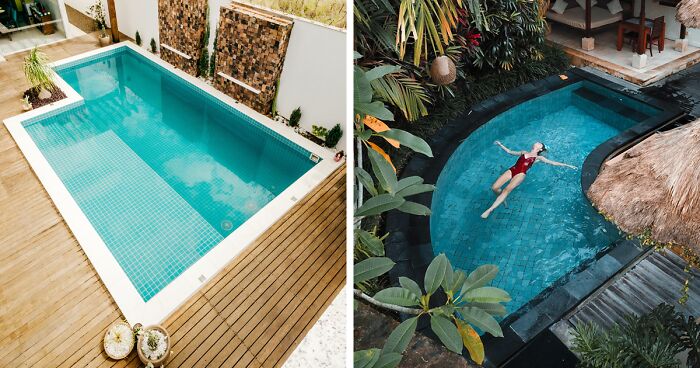

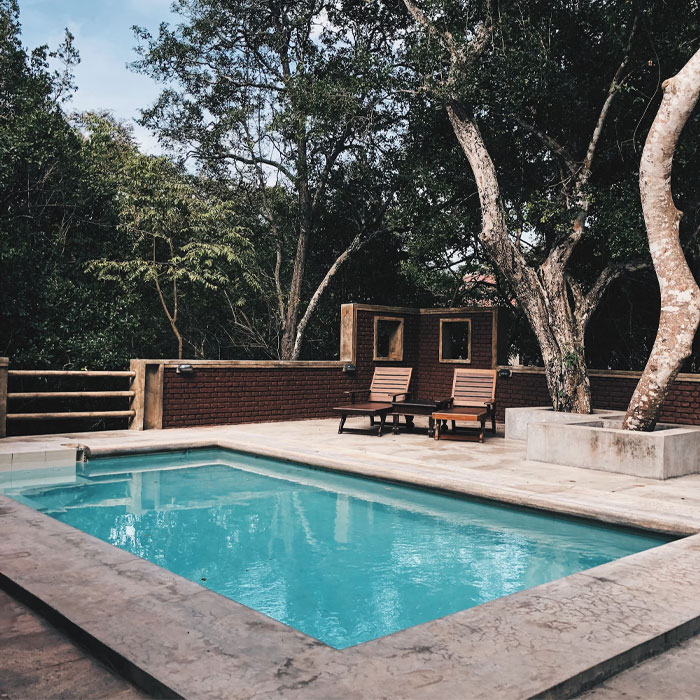
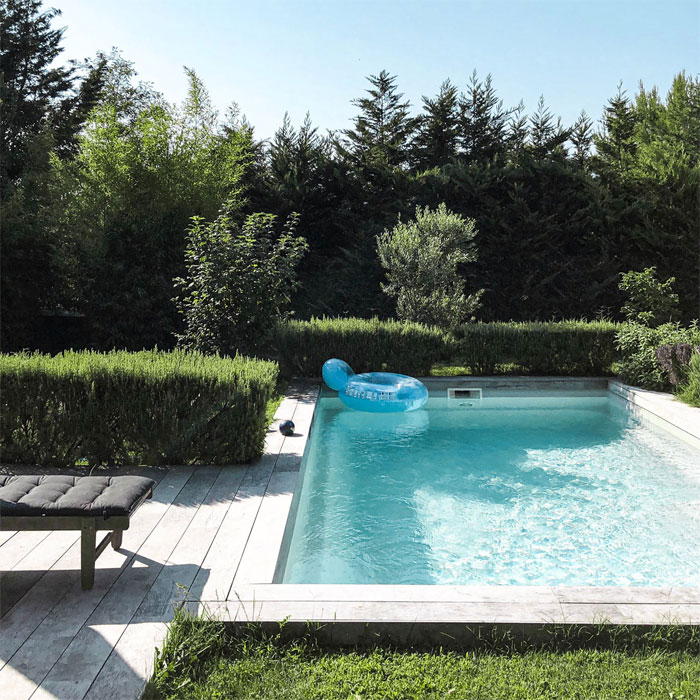
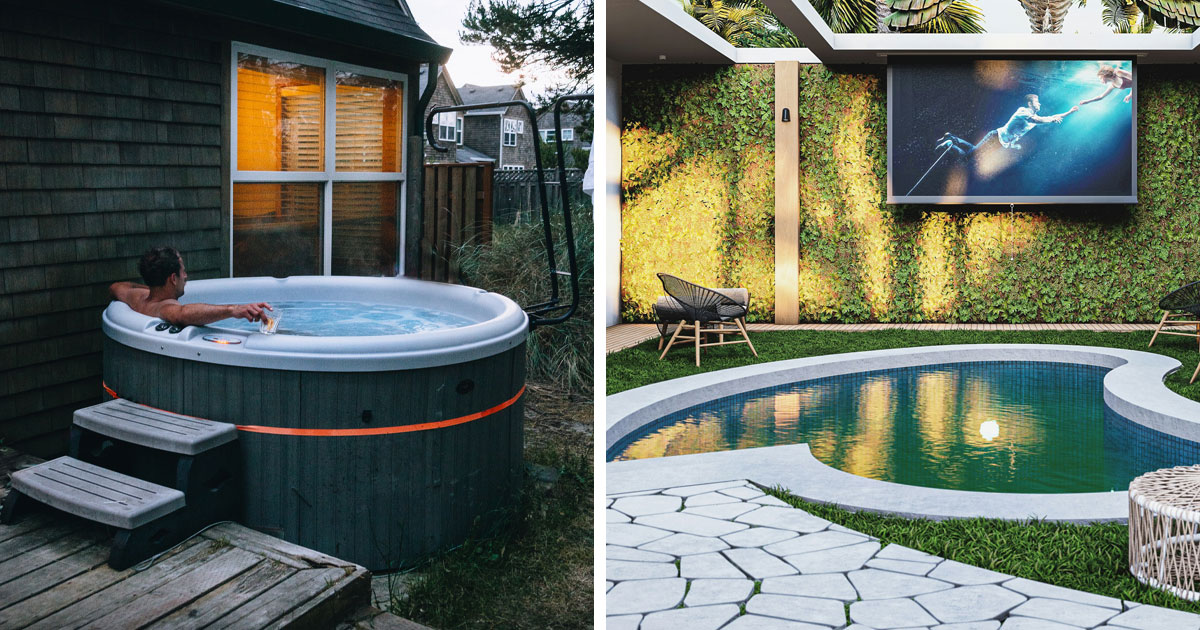
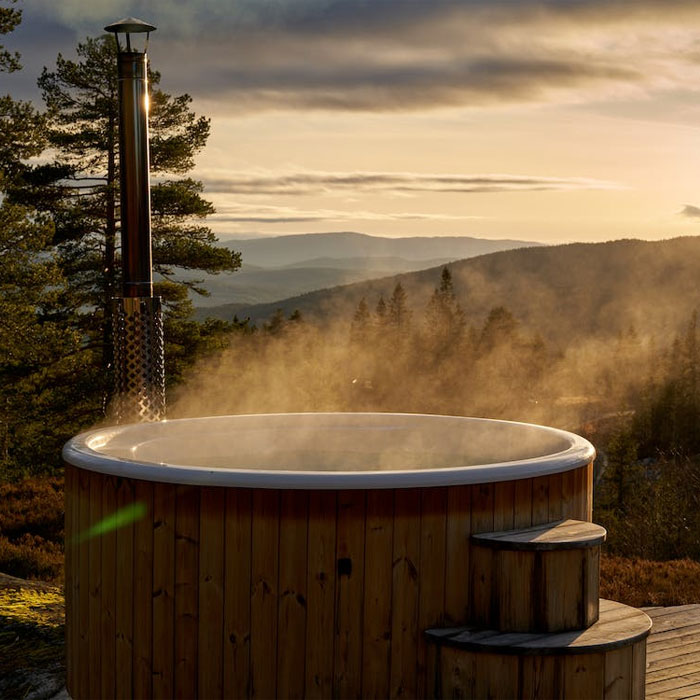
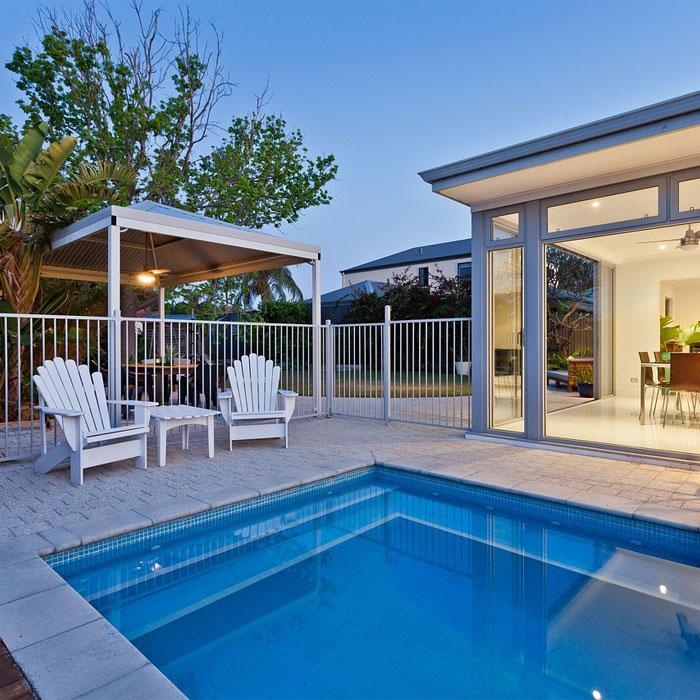
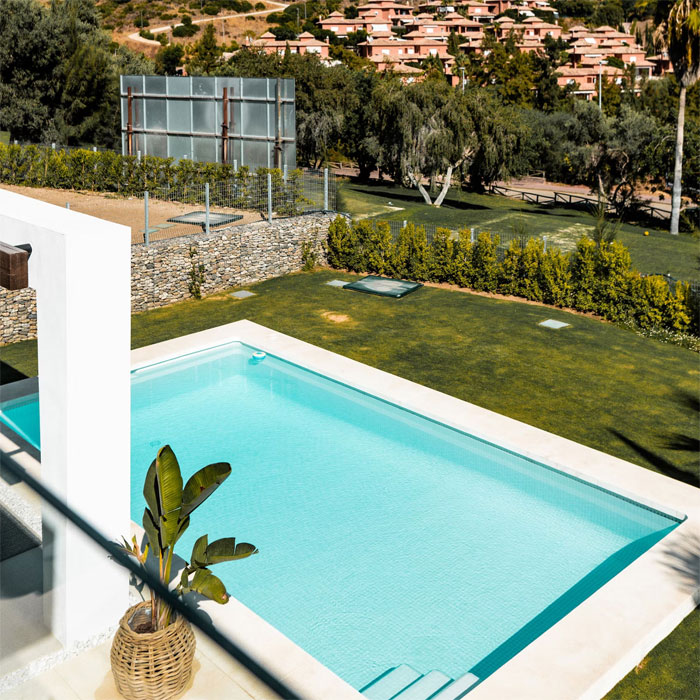
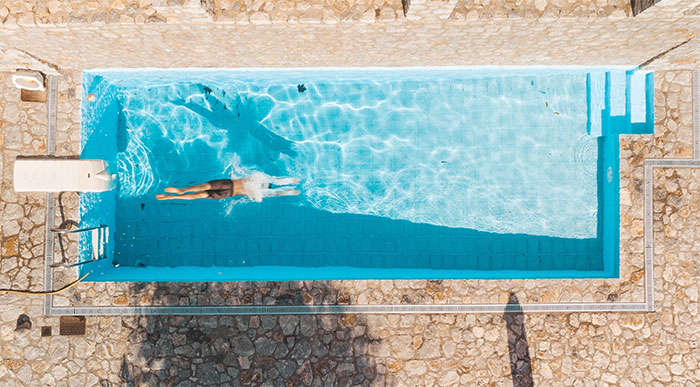
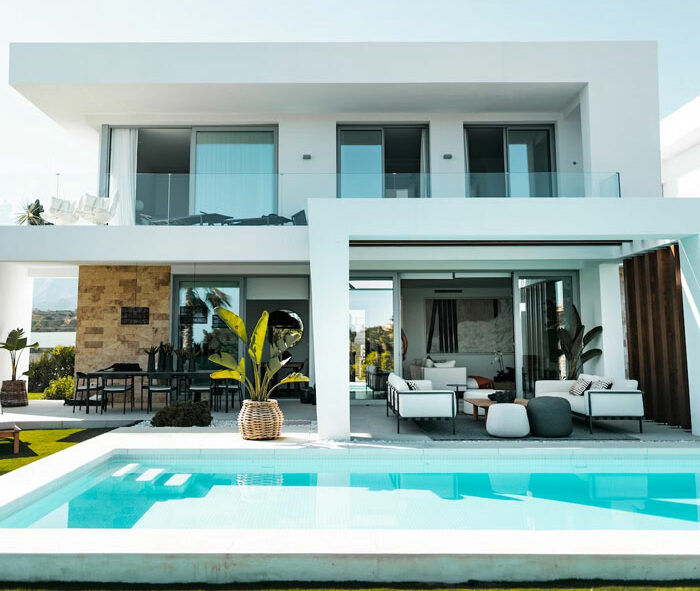
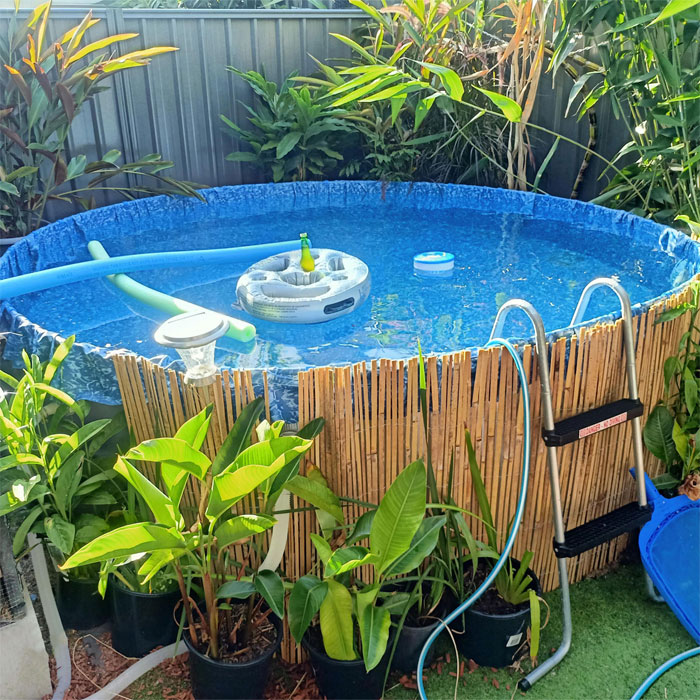
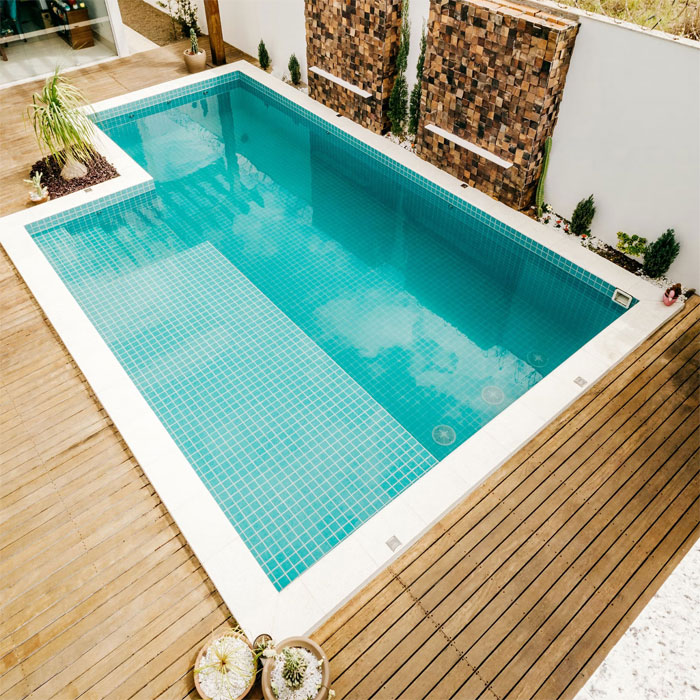

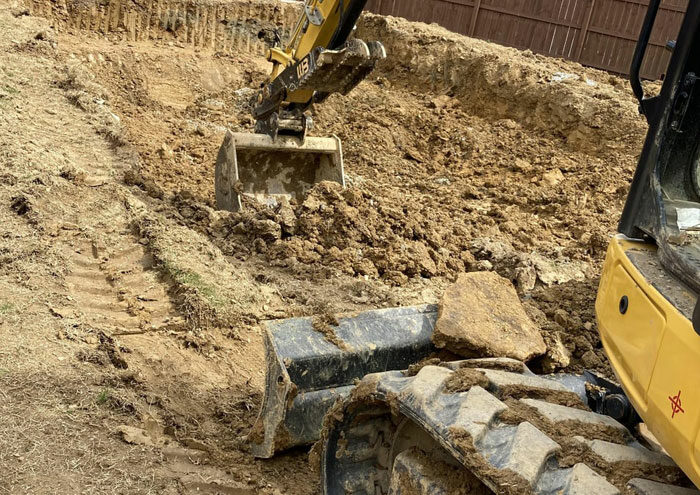












































-1
3